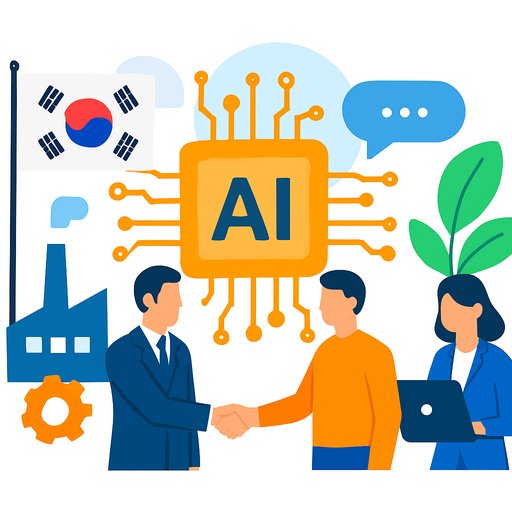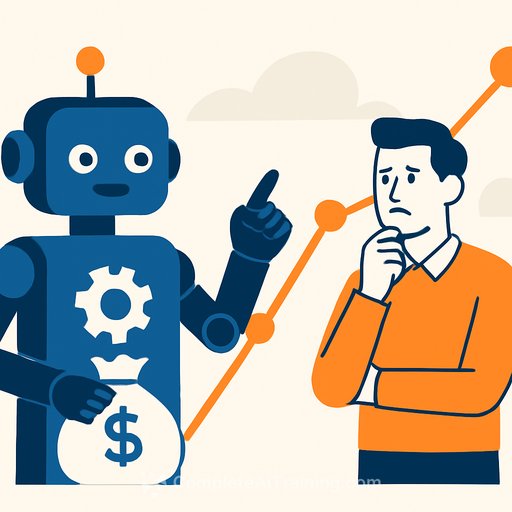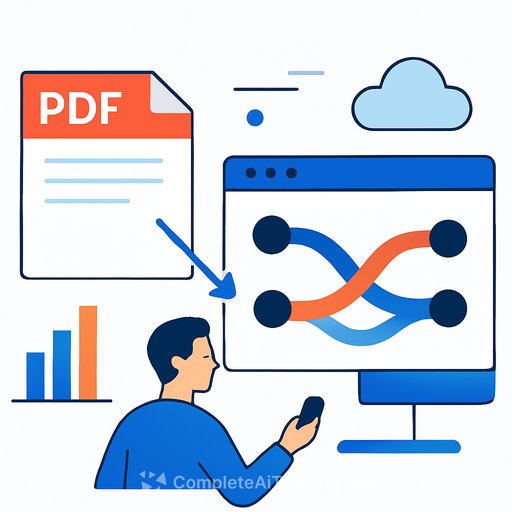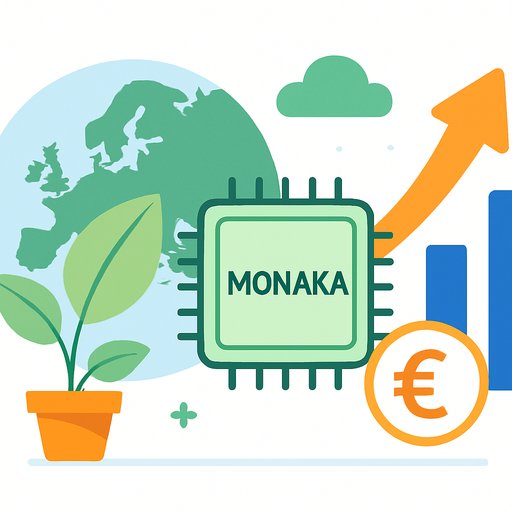Nvidia partners with South Korea to boost AI development: what it means for engineers and IT leaders
Nvidia is working with the South Korean government and local companies to accelerate AI development. The collaboration took shape around the APEC summit in Gyeongju, where CEO Jensen Huang met President Lee Jae Myung on October 31, 2025.
Huang credited a "new computing approach" for Nvidia's roughly $5 trillion valuation, signaling where the company will steer its next wave of platforms. For teams building and operating AI systems in APAC, this isn't a press release-it's a capacity and ecosystem shift you'll feel in your roadmap.
Why this matters for dev and IT teams
- More regional GPU capacity: Expect expanded training and inference options in or near Korea, which cuts latency and procurement friction.
- Stronger enterprise adoption: Government alignment typically unlocks grants, pilot programs, and compliance patterns that reduce internal pushback.
- Better model fit for Korean users: More resources aimed at Korean language, culture, and compliance should raise baseline accuracy for local workloads.
- Supply-chain synergy: Korea's strength in memory, packaging, and manufacturing can stabilize GPU availability over time.
What this partnership likely focuses on
- Compute infrastructure: Larger GPU clusters for training and scalable inference, with an emphasis on efficiency and availability.
- Sector pilots: Government services, telco, manufacturing, finance, and mobility are prime candidates for early programs.
- Developer ecosystem: Training, SDKs, and co-development programs that make it easier to build, optimize, and deploy on Nvidia stacks.
Specific project lists aren't public yet, but these are the usual early moves when government and industry line up around AI capability.
How to prepare your stack
- Plan for multi-tenant GPU usage: Use Kubernetes + GPU operators, MIG partitioning where available, and clear scheduling policies for shared clusters.
- Standardize your inference layer: Containerize runtimes, expose gRPC/HTTP endpoints, and keep model servers swappable to avoid lock-in.
- Optimize the pipeline: Profile with Nsight, lean on quantization and graph optimizations, and cache tokenization/embeddings to save cycles.
- Data governance first: Build PII filters, consent tracking, and retrieval policies early to speed up security reviews.
Skills to prioritize
- GPU fundamentals: CUDA concepts, memory management, parallelism patterns, and NCCL for distributed training.
- Model optimization: PyTorch 2.x graph capture, mixed precision, quantization, and efficient serving strategies.
- Production MLOps: Feature stores, evaluation harnesses, canary rollouts, observability (latency, cost, drift, safety).
- Localization: RAG and fine-tuning with Korean corpora, plus compliance and audit trails that fit local regulations.
Action checklist (next 90 days)
- Inventory your GPU demand and create a burst plan across on-prem, colo, and cloud regions in/near Korea.
- Define SLOs for training and inference; tie them to cost controls and autoscaling rules.
- Establish a model registry with versioning, lineage, and automated evals before each deployment.
- Shortlist partners for pilots (telco, manufacturing, public sector) and draft narrow, testable use cases.
What to watch next
- Announcements on data center expansions or national AI compute programs in Korea.
- Joint training grants, accelerator funds, or public-sector pilot frameworks.
- Developer programs or SDK updates tied to this partnership.
If you want to align your skills with where this is heading, start with company-focused learning paths and role-based tracks.
Sources and further reading
Your membership also unlocks:






